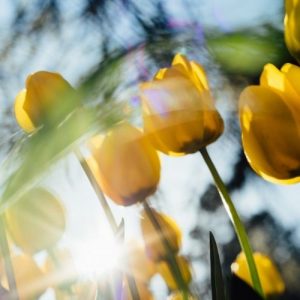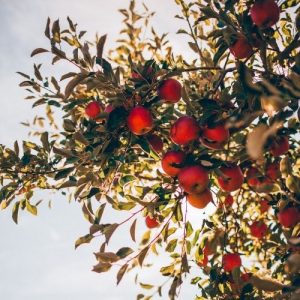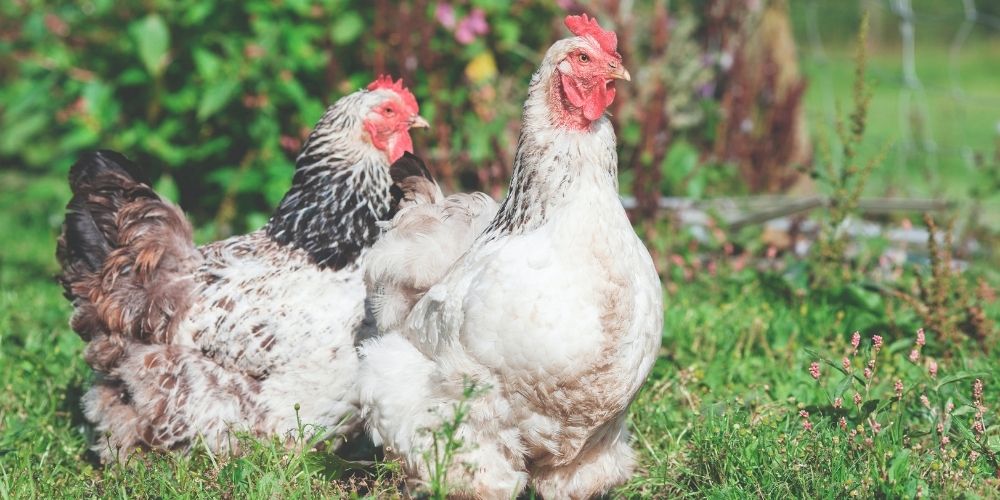When deciding which plants to grow in a garden, whether it’s vegetable, herb, or flower, the inevitable choice will come down to perennial or annual. So what’s the difference? How do you know which to choose?
The most basic difference between annual plants and perennial plants is that perennials will continue to bloom and grow year after year while an annual only lasts one growing season.
What are Annuals?

When you plant an annual, it is only good for that growing season.
When winter (or the end of its growing season) comes, the plant dies and does not return. If you are planning to redesign a garden every year, annuals are ideal.
They start (and end) as a seed and typically have a root system rather than a bulb. Their roots are shorter than many perennials because they do not have as long to develop.
If you are planting in limited space or very close to a building or structure, this may be a better option.
Because they grow one season and are done, annuals tend to be showier right away. If you are not a patient gardener or need some curb appeal fast, choose annuals.
Examples of annuals are: peas, lettuce, watermelon, zinnias, petunias, basil, cilantro
- Why do Perennials’ Leaves Turn Yellow?
- How to regrow Romaine Lettuce in water
- When should I plant Garlic?
What are Perennials?
Perennials are plants that continue to grow year after year. They may appear to “die off” or even disappear, but they will make an appearance during the next growing season.
These plants are planted once but return year after year. These are great choices if you want to have a garden in the same place every year.
Perennials often have a bulb from which they grow. You plant this bulb during fall (before the first frost) or spring (after the last hard freeze). The plant will grow or flower during warmer months.
Some perennials take over an area and must be thinned out such as irises. Carefully consider where you want to place perennial plants as some do not fare well after being moved.
Perennials, especially perennial flowers, do not have as long of a blooming period. Some gardeners mix the perennials with annuals to extend the visual impression of a given space.
Patience is required to grow perennials. There is a subset of perennials known as biennials that only produce vegetation or flowers every other year. It is convenient to have a plant that blooms in the same place year after year without replanting, but the first few years of waiting and wondering can be tough on the gardener.
Examples of annuals are: carrots (biennial), onions (biennial), strawberries, potatoes, irises, tulips, hollyhock (biennial), poppy (biennial), basil, sage, parsley (biennial), caraway (biennial)
What About Trees?

Most trees are perennial. They stop producing leaves and fruit during the off season and will continue to again grow leaves and fruit once the growing season returns.
However, there are some fruit trees that bear biennially in that they may only bear fruit every other year or bear heavily one year and not as heavily the next. Normally, trees are referred to as woody perennials.
Which is Better?
When trying to decide whether to choose perennial or annual plants, consider the following:
- Do you need them to be showy now or you have time?
- How much space are you devoting?
- Will you redesign your growing space in a short period of time?
- How much patience do you have?
It is likely that you will do what most gardeners do: plant a little of both.

![The Different Types of Gardening [Which one is right for you?]](https://brilliantgardener.com/wp-content/uploads/2022/09/Raised-Bed-Garden-440x264.jpg)












